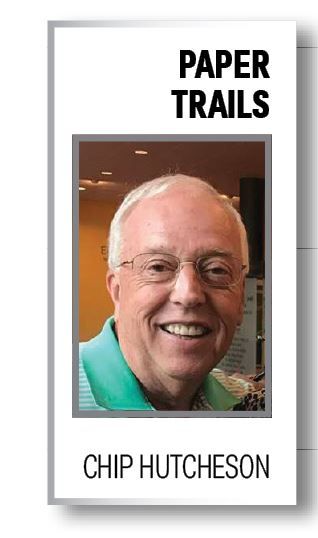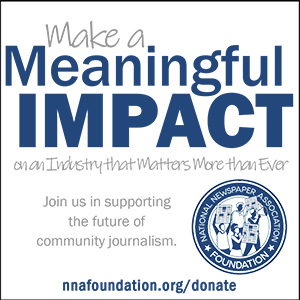Mergers often good for both parties, but don't make headlines
Chip Hutcheson
Jul 1, 2022


When conversations turn to the grim future of newspapers, the inclination is to think that the printed product will disappear in the not-too-distant future. That mindset is perpetuated by the New York Times (December 2021) that reported more than one in five U.S. papers has closed. Then there was a 2021 Washington Post story reporting about a quarter of U.S. local print newspapers ceased publishing from 2005-2020.
Given the doom-and-gloom statistics, you’d think that shuttering the newspaper is the only option available. But that’s not the case. Mergers can easily be overlooked. Mergers can occur more frequently than many realize because acquisitions and closings seem to get the headlines.
In Kentucky, perhaps the most well-known merger came in 1983 when Knight Ridder merged the Lexington Herald, a morning paper, with the Lexington Leader, an evening paper. One company owned both papers for 10 years before merging them.
Mergers of Kentucky weeklies typically have involved papers with different ownership, combining and keeping a portion of the name of each paper in the masthead. The Ohio County Times and Ohio County News merger in 1980 resulted in the Ohio County Times-News. The Georgetown News and Times and the Georgetown Graphic were both sold to the Lancaster Group, which merged them into the Georgetown News-Graphic.
In 1992, my newspaper was involved in a merger that was a win for two competing newspapers, as well as the community. I had been publisher of our family-owned newspaper for 16 years, going head-to-head every Wednesday with a strong competitor in our 13,400-population county. Both papers were on solid financial footing, but other factors made the merger possibility enticing.
My children were in their teens, and neither had any desire to follow in the family business. The crazy work schedule meant they were growing up and I was missing out on their lives. The weekly routine of selling ads, designing ads and pages, reporting on news and sports, plus taking the paste-ups to the printing plant and then delivering to post offices and vendors became a routine of which I was quite weary. My staff over most of those 16 years consisted of me, my mother and one full-time employee.
Owners of the competing paper shared a compelling reason to consider a merger — the couple’s two children didn’t want to take over the business. Eyeing retirement, the owners were open to an offer that would maintain their paper’s legacy and benefit the community.
Enter the late Robert C. Carter, publisher of the daily Kentucky New Era 27 miles away. I was his sports editor for six years after college and knew he was interested in the Princeton papers. Lowell and Louise Hobby, owners of my competition, had a good relationship with him. When the call came from the New Era asking if they were interested in selling, they didn’t hesitate, and the deal was consummated in short order.
In a small town, where there seems to be no such thing as a secret, readers of both papers were stunned when they saw the front page on April 30, 1992. Each paper carried the identical story that the sale had been finalized, and the next Wednesday’s paper would bear the masthead containing parts of the names of each paper. There were two significant details announced — the paper would become a twice-weekly, published every Wednesday and Saturday, and my competitor’s 10 employees would keep their jobs while I would be the publisher.
History shows these two papers were better together than they were individually. The merger meant that obituaries were more timely because of printing not one, but two papers each week. Friday night football photos and stories greeted people who opened their paper on Saturday morning. Time and energy were maximized since two reporters weren’t necessary to cover the same city council or school board meeting or sporting event. No more would two photographers show up at the same event.
The merger came at an opportune time. The rapidly changing technological advancements would have made it difficult for either paper to keep pace on its own. It came a couple of years before papers started taking seriously the idea of having a website. That was something neither of two competing papers could have done well or accomplished easily — but the merged papers resulted in our operation becoming the first non-daily newspaper in Kentucky to have a website. We looked for new and innovative ways to serve the community, which included developing a five-day daily news digest, sending it free by fax and email to anyone who requested it.
A profitable merger results when there is a shared commitment by all involved and a paper is produced that makes its community stronger and more informed.
Chip Hutcheson is the retired publisher of The Times Leader in Princeton, Kentucky. He was NNA president in 2015. He currently serves as a content strategist for Kentucky Today, the online news website of the Kentucky Baptist Convention. chiphutcheson@yahoo.com








